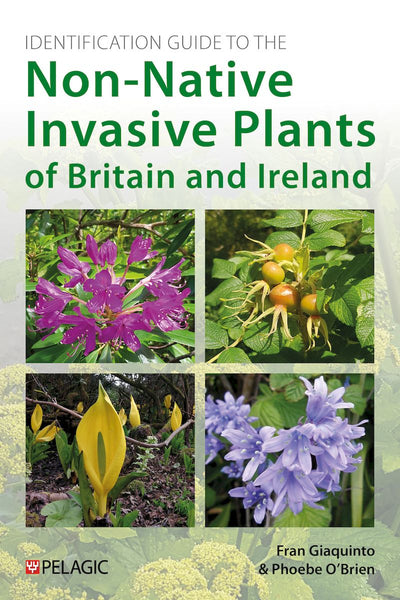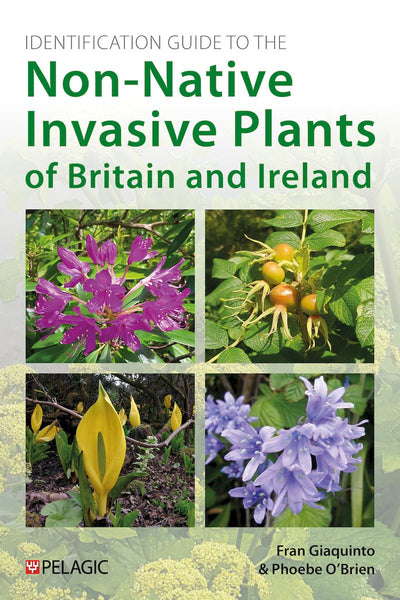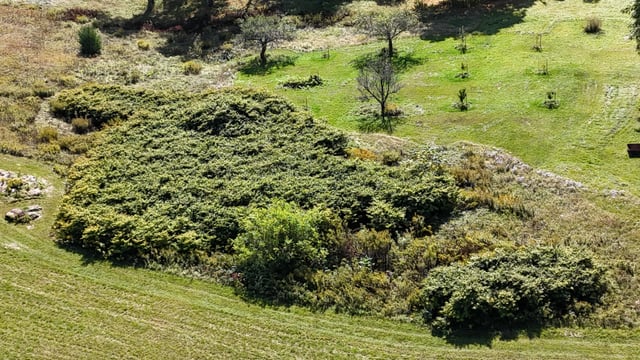
Homestead Defense: Battling Invasive Plants for a Thriving Ecosystem
Invasive plant species pose a significant threat to the biodiversity and productivity of our homesteads. These aggressive newcomers outcompete native flora, disrupt ecosystems, and can even diminish the yield of our carefully cultivated gardens. While the battle against invasive plants can seem daunting, proactive management and informed strategies can make a real difference. This post provides practical guidance and encouragement to help homesteaders defend their land and promote a healthy, thriving ecosystem.

Know Your Enemy: Invasive Plant Identification
Accurate identification is the first step in any successful invasive plant control strategy. Recognizing the specific characteristics of these unwanted guests allows you to target them effectively. Here, we'll focus on three common and particularly troublesome invaders: Japanese Knotweed, Garlic Mustard, and Kudzu.
Japanese Knotweed
Japanese Knotweed ( Fallopia japonica) is a formidable foe, easily recognized by its bamboo-like stems and broad, heart-shaped leaves. In late summer, it produces plume-like clusters of small white flowers. The plant can grow to impressive heights, often exceeding 10 feet.

Its true strength, however, lies beneath the surface. Japanese Knotweed possesses an aggressive rhizome system – a network of underground stems that spread rapidly and tenaciously. A crucial warning: disturbing the soil around Knotweed, even with seemingly innocuous digging, can encourage its spread by fragmenting the rhizomes.
Garlic Mustard
Garlic Mustard (Alliaria petiolata) is another invasive plant commonly found on homesteads and in woodlands. This biennial plant has a distinctive garlic scent when its leaves are crushed, making identification relatively easy. In its first year, it forms a rosette of heart-shaped, scalloped leaves close to the ground.

During its second year, it sends up upright stems that can reach several feet tall, topped with clusters of small, white, four-petaled flowers. Garlic Mustard is a prolific self-pollinator, meaning it can produce viable seeds even without cross-pollination. This, combined with its shade tolerance, allows it to spread rapidly in wooded areas.
Kudzu
Kudzu (Pueraria montana), often called "the vine that ate the South," is a rapidly growing, climbing vine. Its aggressive growth habit allows it to smother trees, cover structures, and completely alter landscapes.

Its leaves are large and three-lobed, and it produces clusters of fragrant, purple flowers that resemble pea blossoms. Kudzu vines can root at the nodes (the points where leaves emerge), allowing the plant to spread horizontally and establish new colonies.
Homestead-Friendly Removal Strategies
Once you've identified the invasive plants on your property, it's time to implement a removal strategy. Here are some effective, homestead-friendly methods for tackling Japanese Knotweed, Garlic Mustard, and Kudzu.
Japanese Knotweed Removal
Manual removal of Japanese Knotweed is a long-term commitment, but it can be effective with persistence. The key is to meticulously dig up the rhizomes. This is best done in early spring or late fall when the plant is not actively growing.

Dig deep and wide to remove as much of the rhizome system as possible. Be prepared to repeat this process regularly, as even small fragments of rhizome can regrow. Another method is solarization. Cover the affected area with heavy-duty black plastic for a full growing season. This traps heat and effectively "cooks" the plant. It's critical to avoid composting Knotweed, as its regenerative abilities mean it can easily sprout anew. While herbicides can be used, consider them a last resort due to their potential impact on the surrounding environment. Always follow label instructions carefully.
Garlic Mustard Removal
Hand-pulling is an effective method for controlling Garlic Mustard, especially in its second year before it sets seed. Grasp the plant at the base and gently pull it straight up, being sure to remove the entire root system.

If the plant has already produced seeds, carefully dispose of the pulled plants in sealed bags to prevent seed dispersal. Regular monitoring and pulling over several years will significantly reduce Garlic Mustard populations.
Kudzu Removal
Kudzu is notoriously difficult to eradicate completely due to its extensive root system. A common approach involves cutting the vines at the base of infested trees. This prevents the vine from climbing and smothering the trees.

Repeated mowing or grazing of the regrowth can also help to weaken the plant over time. As with Japanese Knotweed, herbicides can be used, but should be a last resort. Complete eradication often requires a multi-year, integrated approach.
Reclaim and Restore: Native Plant Power
Removing invasive plants creates an opportunity to reclaim and restore your homestead with native species. Native plants are adapted to the local climate and soil conditions, providing valuable habitat for wildlife and contributing to a healthy ecosystem.

For example, in areas previously infested with Garlic Mustard, consider planting native Milkweed (Asclepias species). Milkweed not only competes with Garlic Mustard but also provides essential habitat for Monarch butterflies. Other appropriate native plants include Pennsylvania sedge or wild geraniums. Research native species that are well-suited to your specific region and microclimate.
Community Action and Resources
Battling invasive plants is often more effective when done as a community. Participate in local invasive species removal initiatives and connect with other homesteaders and gardeners. Many organizations offer resources and support for invasive plant management. For example, the Native Plant Society often has local chapters and workshops. Local conservation groups can also provide valuable information and assistance.

Conclusion
Proactive invasive species management is crucial for maintaining a healthy and productive homestead ecosystem. While the task can seem overwhelming, by identifying invasive plants, implementing effective removal strategies, and restoring native plant communities, we can protect our land and promote biodiversity. The effort is well worth it, resulting in a more resilient and thriving homestead for generations to come.
